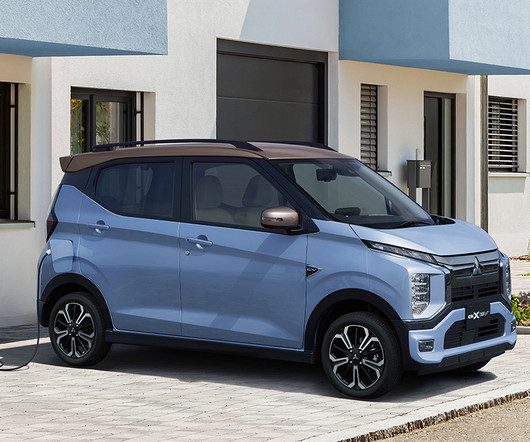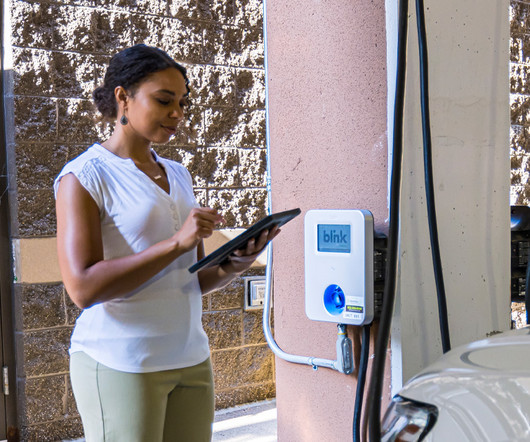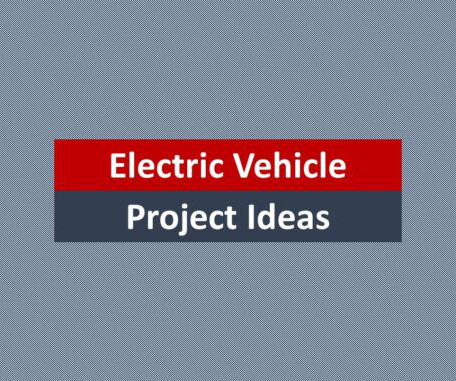ICCT LCA study finds only battery and hydrogen fuel-cell EVs have potential to be very low-GHG passenger vehicle pathways
Green Car Congress
JULY 21, 2021
This is especially important for assessing the GHG emissions of PHEVs. This study uses recent data on industrial-scale battery production and considers regional battery supply chains. This results in significantly lower battery production emissions than in earlier studies. Source: The ICCT.







































Let's personalize your content